

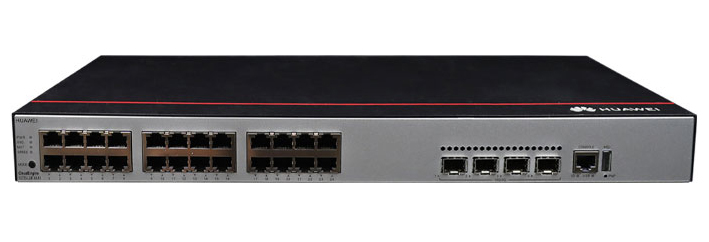


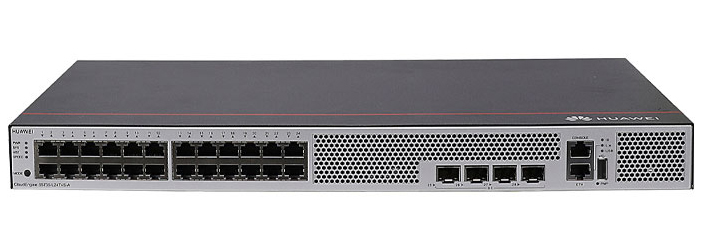
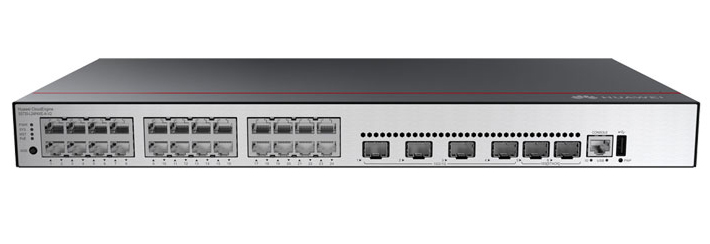
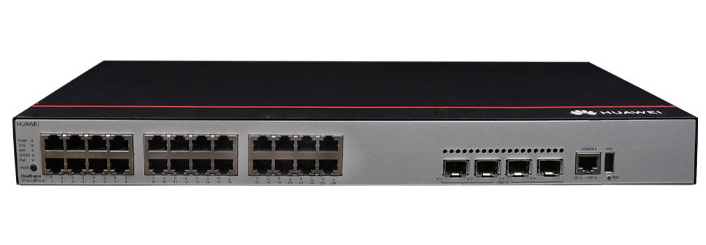

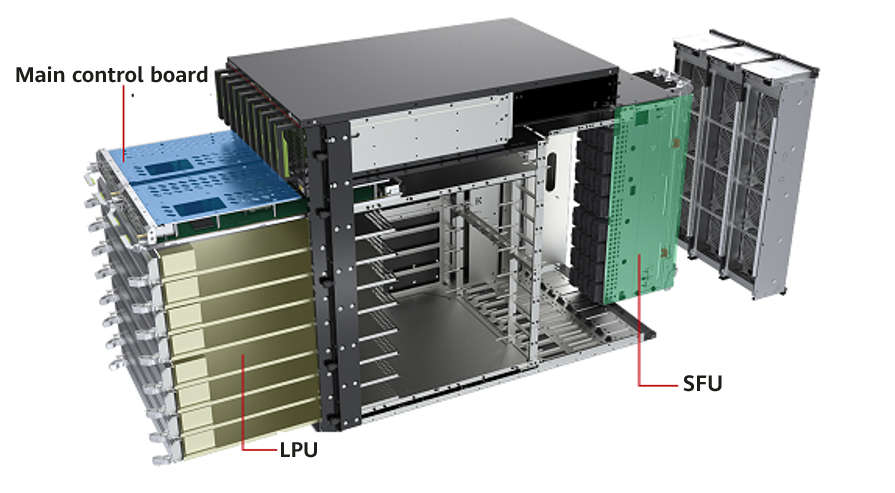

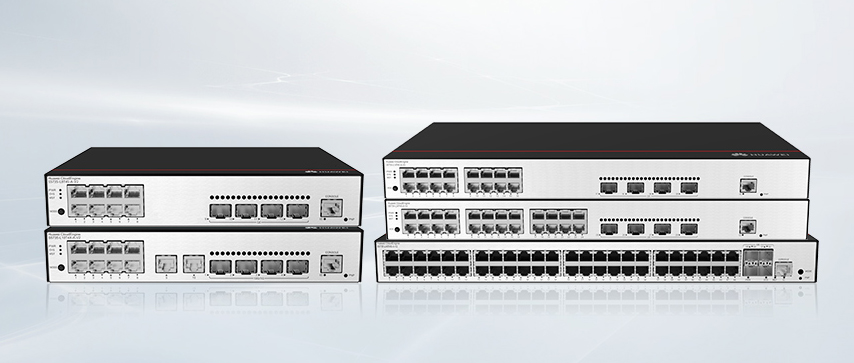

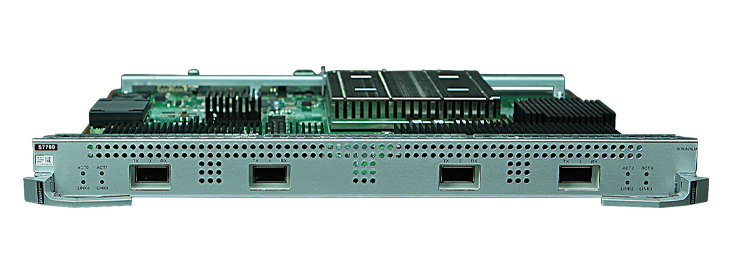


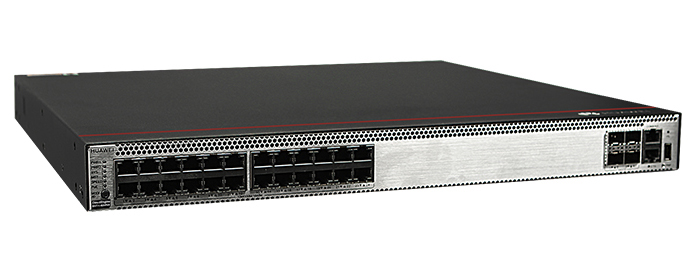
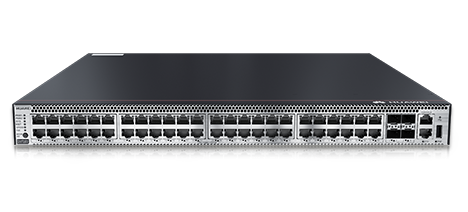
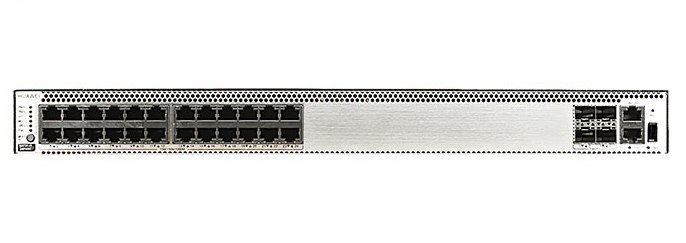
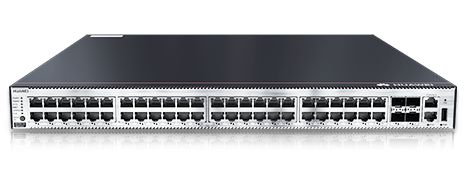
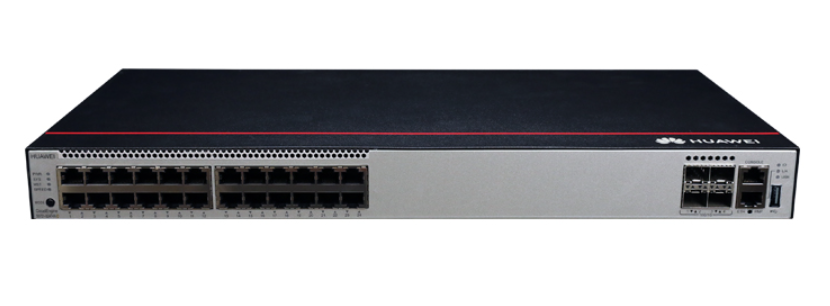



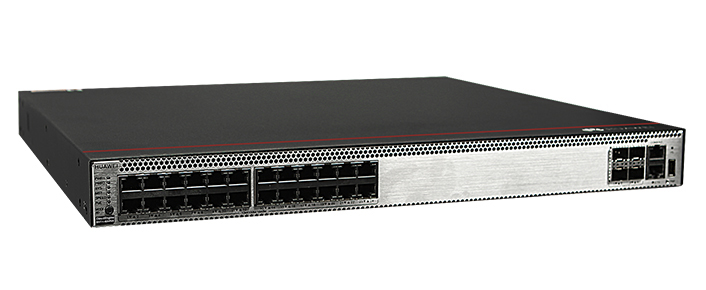
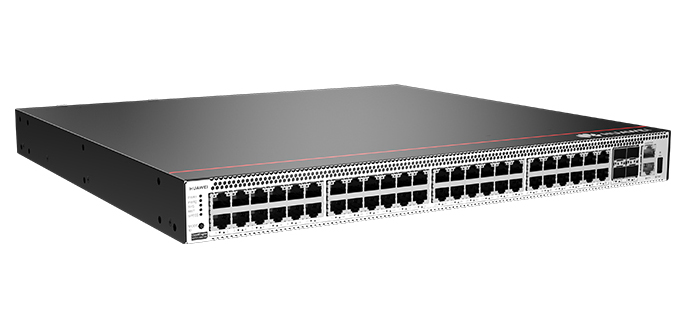
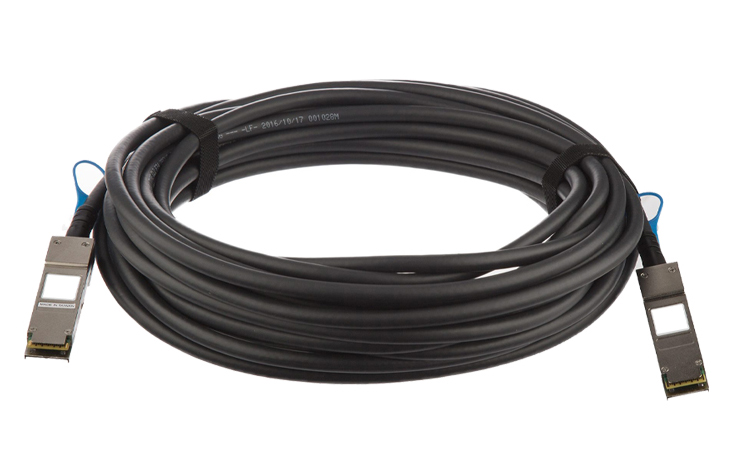

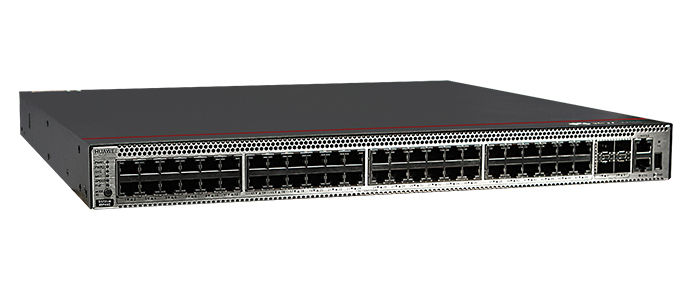
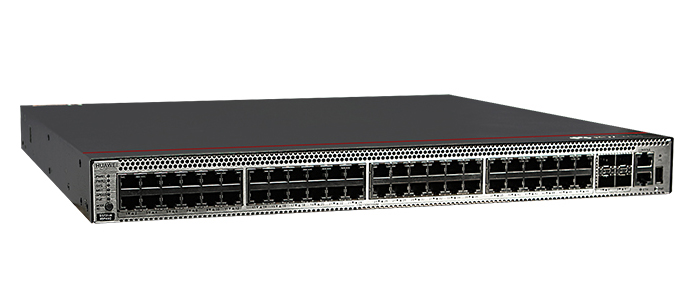
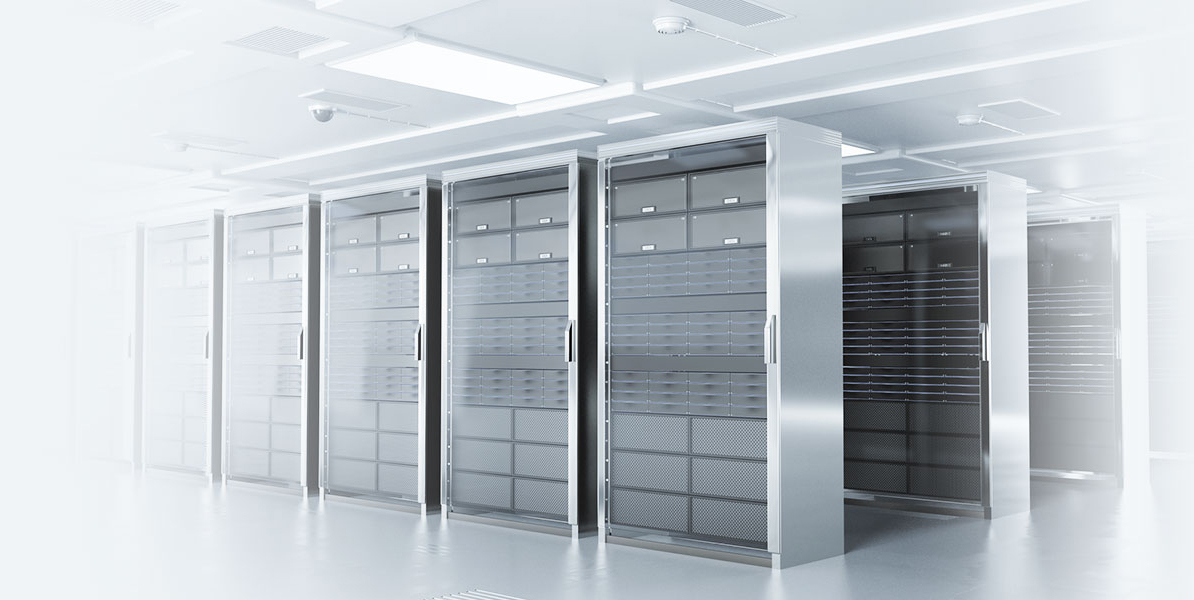
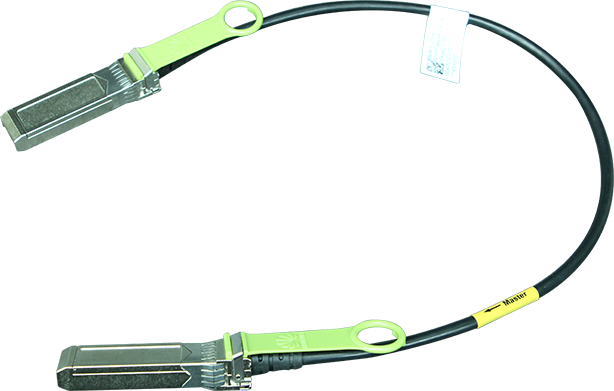
 Andrew Peacock/Getty Images
Andrew Peacock/Getty Images I remember the first time I compiled a Linux kernel. I was nervous. It was something I'd never done before, and it seemed like an incredibly difficult task. After all, isn't the kernel the stuff of elite programmers? If so, why would I even bother?
Because I could.
Also: These Linux distributions are best for developers
And because all of the cool open-source, alternakids were doing it.
If I wanted to fit in, I had to make (see what I did there?) it happen.
So, I downloaded the kernel source, took a deep breath, and dove in.
This would have been around 2000 or 2001, and when I successfully pulled it off, I'm sure I did a happy dance or two.
But how did I do it?
Believe it or not, the process of compiling the Linux kernel isn't nearly as hard as you might think. It is time-consuming, but it's a challenge you can certainly overcome.
There are three reasons why you might want to do this:
Also: This is the best-looking Linux desktop of 2025 (so far)
Let me show you how it's done.
What you'll need: To compile a kernel, you'll need to download the kernel source, a user with sudo privileges, and plenty of time. I'm going to demonstrate this on an instance of Ubuntu Desktop 24.04. If you're using a distribution not based on Debian or Ubuntu, you'll need to make sure to install the necessary dependencies with your distribution's package manager.
Before you embark on this journey, find a spare machine or deploy a virtual machine. You do not want to compile your first Linux kernel on a production machine.
The first thing you're going to do is download the source of the kernel you want to use. I would suggest going straight to The Linux Kernel Archives and downloading the tarball file of the kernel you want. I'm going to download the 6.13 source for demonstration purposes.
Show moreOpen a terminal window and issue the following command to install the dependencies:
Show moresudo apt-get install build-essential libncurses-dev git bison flex libssl-dev -y
Open a terminal window and change into the directory housing the downloaded file and extract it with the command:
Show moreunxz --keep linux-XXX.tar.xz
Where XXX is the release number.
We can now extract the tar file with the command:
Show moretar -xf linux-XXX.tar
Where XXX is the release number.
At this point, you can either use the generic configuration or you can manually edit the .conf file within the newly created directory (which will be named linux-XXX -where XXX is the release number). Another method you can use (which I would suggest for your first go-round) is copying your distribution's configuration file.
Before you do this, change into the newly created folder with the command:
Show morecd linux-XXX
Where XXX is the release number.
Next, copy the configuration file with the command:
cp /boot/config-"$(uname -r)" .config
Alternatively, you could manually configure the kernel by using the command:
make menuconfig
The above command opens the menuconfig utility, where you can browse and enable/disable various features. This is how I've always compiled kernels. This method does take some time (because there are a lot of modules to go through). If you go that route, make sure to save it to a file with:
make savedconfig
The above command will create a new directory housing your .config file.
Also: The first 5 Linux commands every new user should learn
After copying the configuration, you need to update the configuration file (because the one shipped with your distribution is most likely out of date). To do this, issue the command:
Show moremake oldconfig
The .config file is now updated for the kernel source you downloaded.
For users of Debian-based distributions, you'll need to disable the module that is used to sign kernel modules, because the certificate used for this is not included. To do this, issue the commands:
Show morescripts/config --disable SYSTEM_TRUSTED_KEYS
scripts/config --disable SYSTEM_REVOCATION_KEYS
If you do not do this, the build will fail later in the process, which means you will have wasted a lot of time (been there, done that...too many times).
It's now time to build the kernel with the command:
Show moremake -j$(nproc)
This will take quite a long time to complete.
You don't want every Linux kernel module loading at bootup. Instead, we build loadable modules. This process not only installs the kernel modules but also signs them, which means the process will (once again) take some time. The command for this is:
Show moresudo make modules_install -j$(nproc)
There are some instances when you might need the kernel header files (such as if you were going to write your own modules or install certain server software). For that, issue the command:
Show moresudo make headers_install
It's now time to install the kernel, which is done with the command:
Show moresudo make install
The ramdisk (initial RAM filesystem) is required for booting and can be created with:
Show moresudo dracut --force /boot/initrd.img-XXX-generic XXX-generic
Where XXX is the release number of the kernel you're installing.
Finally, update the grub bootloader (so it's aware of your new kernel) with:
Show moresudo update-grub2
You can now reboot your machine and select the newly compiled kernel.
Also: The best Linux laptops you can buy
Remember, do this on a virtual machine or a test machine because you don't want to monkey around with your daily driver and wind up with a machine that won't boot.
Get the morning's top stories in your inbox each day with our Tech Today newsletter.
 Tags quentes :
Tecnologia
Serviços & Software
Sistemas Operacionais
Tags quentes :
Tecnologia
Serviços & Software
Sistemas Operacionais